Chen Duling’s Chinese – style Look: The More You Savor, the More Alluring

Recently, Chen Duling specially shot a set of Chinese outfits with the style of ancient costume dramas from the 1980s. People across the Internet have been discussing why it gives off a bit of the flavor of the 1987 version of A Dream of Red Mansions. As a matter of fact, the stylist who created this makeup and styling was exactly the same person who worked on the styling for A Dream of Red Mansions back then! No wonder the charm of A Dream of Red Mansions is bursting out from the screen. She is simply the chosen beauty in the classical style.
Actually, we have talked a lot about classical makeup looks before, such as the makeup styles of women in the Tang and Song dynasties. But do you know what the aesthetic differences are between traditional Chinese classical makeup and modern makeup? If you’re interested, feel free to keep reading.
Ⅰ. The “Charm” of Classical Makeup is of Great Importance
The biggest difference between classical makeup and modern makeup lies in the “charm”. When we talk about classical makeup, most of it follows the traditional aesthetic standards for eyebrow shapes and lip shapes, presenting a classical charm in its style.
However, the so-called modern makeup nowadays is mostly the result of integration influenced by various trends. For example, there were periods when the Korean wave and the Western style were popular. Its style tends to be modern, simple, and fashionable. Of course, there is no such thing as one being better or worse between modern makeup and classical makeup. It’s just that classical aesthetics represent another kind of aesthetic fashion.
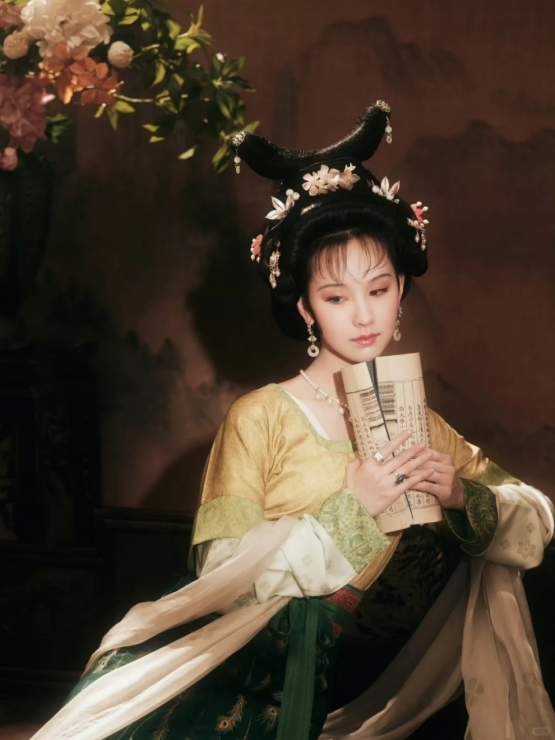
lthough this “charm” is rather abstract, it can still be expressed in tangible ways. For instance, the makeup and styling of the 1987 version of A Dream of Red Mansions is frequently mentioned as a classic. This is because its style presents a kind of harmonious beauty.
The harmony mentioned here means that the proportion of a person’s eyebrows and eyes complements the makeup, without being abrupt. Moreover, the colors tend to be warm. That’s why classical makeup looks appealing and stands the test of time – it lies in the grasp of this sense of harmony.
The most difficult part of classical Chinese dress makeup is how to adapt traditional elements to a person’s face, making them enhance each other’s beauty. All of this requires a certain amount of experience and effort to express.
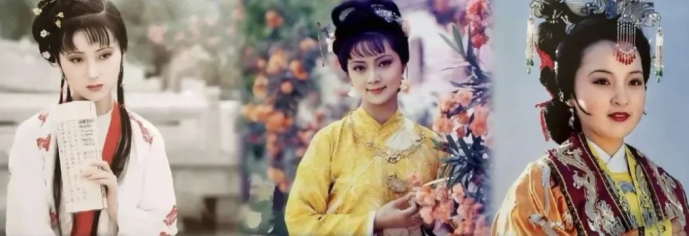
II. Other Manifestations of the Classical “Charm”
We can extend this concept to many other industries in China, such as music. In traditional Chinese folk music, the ending of each section and the beginning of another are very harmonious and coherent. It’s completely fine to play continuously for five hours without repetition, and this is a form of harmony. (The picture below is sourced from the 自得琴社, which is also a really good account related to traditional Chinese folk
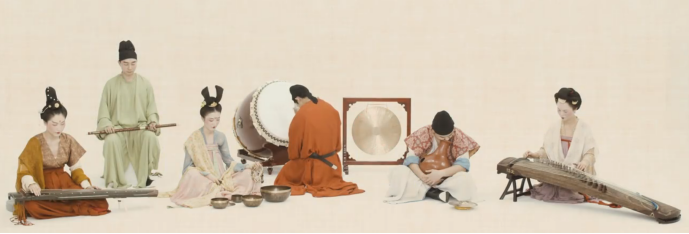
For example, in the art industry, the account “小透明明 TM” has summarized that: Zhang Zeduan’s Along the River During the Qingming Festival, a masterpiece at the peak of Chinese art history, was painted in the form of a long scroll.
There is a kind of “artistic spirit” that runs through the entire painting from left to right. The division of each part of the painting is not abrupt at all. Instead, the elements blend with each other, which is also a form of harmony. It is reasonable to say that the most prominent features of classical makeup are the pursuit of a sense of “harmony” and “smoothness”.
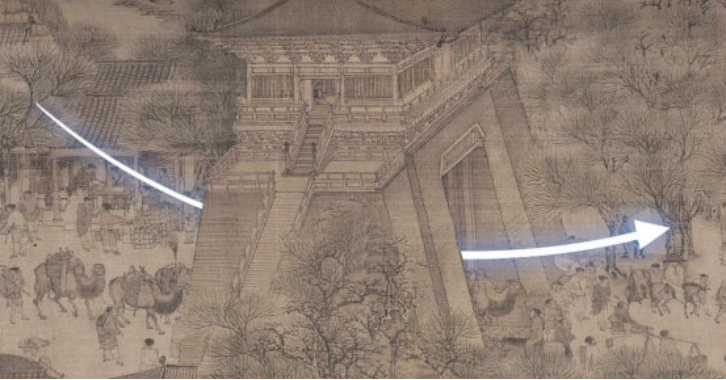
Chinese aesthetic philosophy appreciates the harmonious beauty of a world where all things coexist in harmony and all beauty can be shared. Therefore, classical makeup emphasizes a long-lasting lingering charm.
III. What are the Key Points of Classical Makeup?
The eyebrows, lips, and the blush on the cheeks are probably the most important parts of the entire facial makeup. When drawing the eyebrows, you can notice that in classical makeup, there is no obvious brow peak, and the eyebrows are not particularly thick. The entire line of the eyebrow shape is very soft and elongated, with layers of smudging, showing a sense of depth.
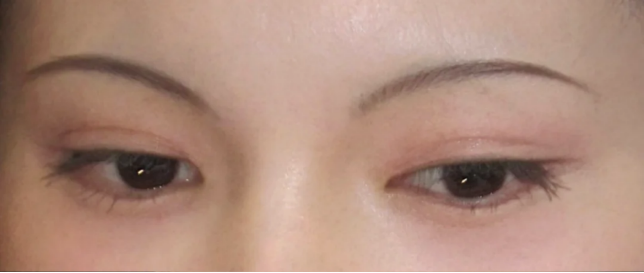
When applying lipstick, you can see that the lips are rarely fully covered. The beauty of small lips, which has been passed down from the Han Dynasty, still runs through the aesthetic standards of most periods in Chinese history, with only some variations in lip shapes.
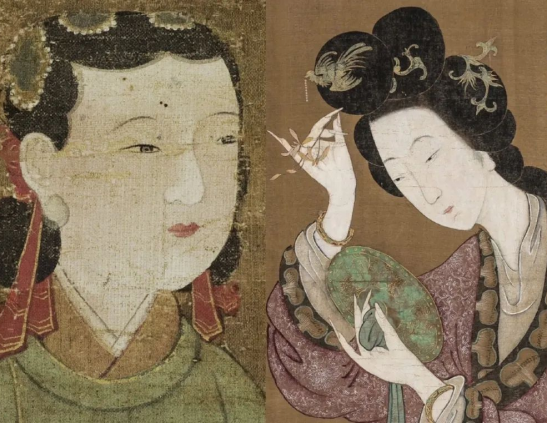
Except for some characters in certain periods of the Tang Dynasty who had their blushes applied very red, generally speaking, the blush in classical makeup is like peach blossoms just beginning to bloom in April, blending harmoniously with the skin tone.
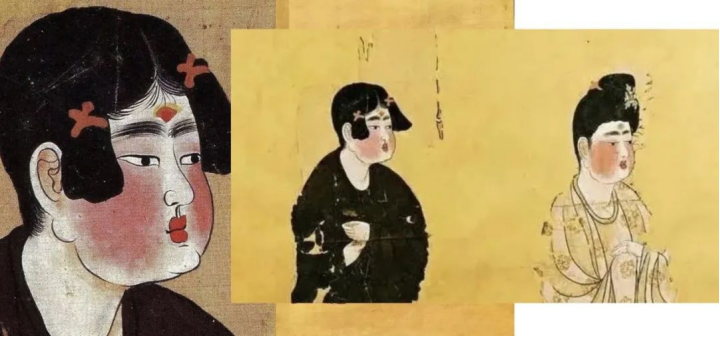
It is somewhat like the adjustment of light and shade in a two-dimensional painting, playing an auxiliary role in contouring. It can be said that the facial colors in classical makeup are highly unified, and there is no need to deliberately create overly three-dimensional bone structure contouring.
In modern makeup, we can see that people focus on magnifying their eyebrows and eyes. They use various techniques such as creating the “the orbital muscle (under the eyes) ” effect, applying eyeshadow, using highlighter, etc., to highlight the effects of big eyes, a small face, a narrow nose, and fair skin.
The face becomes very three-dimensional, and each part seems to be quantifiable, just like what can be done with photo-editing apps. This makes it easy for us to comment on the characteristics of someone’s facial features, but instead, we lose the ability to appreciate the overall beauty.
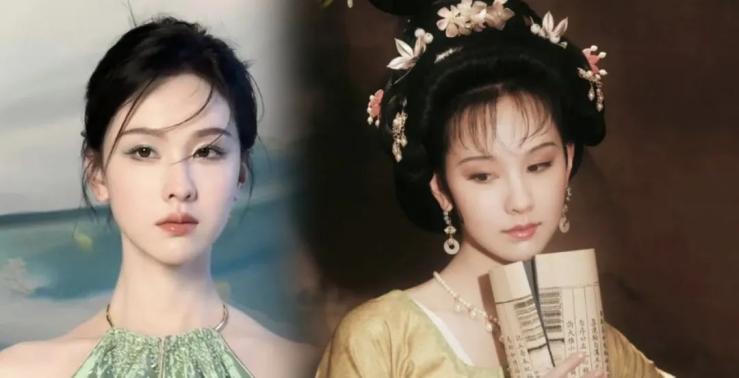
Although these details may seem trivial, this is exactly how the charm of classical makeup is expressed. While the classical aesthetic may not be as three-dimensional and stunning as Western makeup styles, it is definitely comfortable to look at and stands the test of time.
IV. Chen Duling’s Overall Hanfu Makeup and Styling
In this set of photos, Chen Duling is dressed in a Tang dynasty clothing, wearing a banbi (half-sleeved coat) with an open collar, a silk pibo wrapped around her arm, and her hair styled in a high bun. Overall, the color scheme leans towards warm tones. From her makeup to the lines of her posture, everything exudes an extremely soft and beautiful charm, thus creating a harmonious overall appeal.
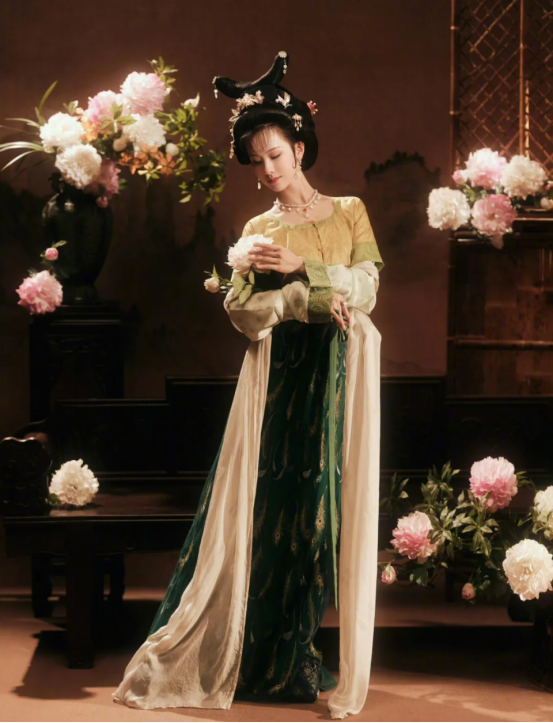
We often say that the women in ancient paintings have round faces, round shoulders, and curvy figures, which are manifestations of this kind of soft beauty. This reminds me of the state of “water”. Women are like water, and this is probably the feeling it conveys. Many netizens also say that her temperament is similar to that of Shangguan Wan’er, exuding a scholarly air.
The smooth overall impression of the facial lines and the appropriate amount of blank space can be said to be the essence of classical makeup. Classical makeup does not deliberately emphasize a three-dimensional effect but rather focuses on the harmony of the overall facial features, making it pleasing to the eye. It may not be immediately stunning or visually impactful at first glance, but it does leave a lasting aftertaste.
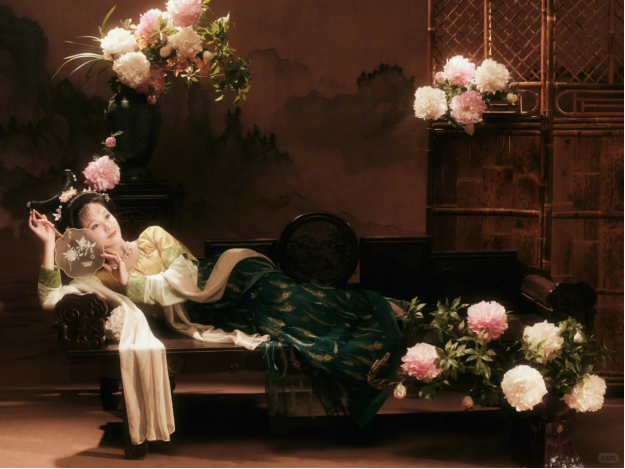
Summary
Nowadays, more and more people are coming to understand classical aesthetics. They have realized that classical aesthetics doesn’t mean standing out at first sight, nor does it require the confidence to always steal the show wherever one goes in public.
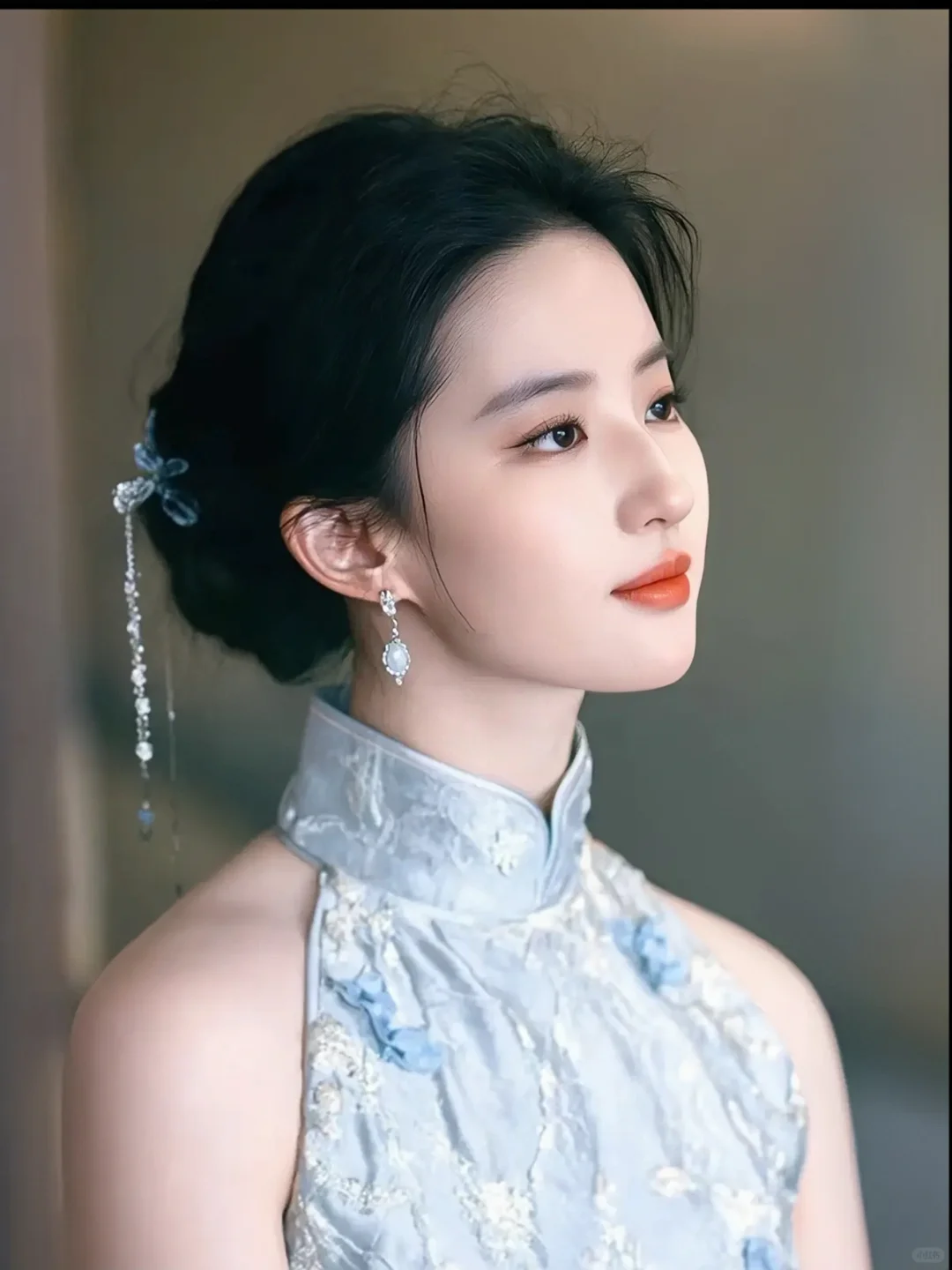
Instead, it represents an understanding and expression of oneself, as well as a sense of beauty that harmoniously integrates with one’s own unique charm. It is also the foundation of Chinese aesthetic taste. I hope that more international friends will get to know it, and that it can become a distinctive beauty trend that gains popularity around the world.
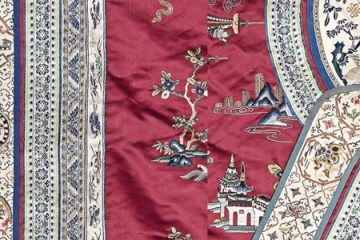
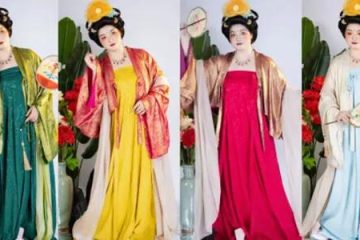
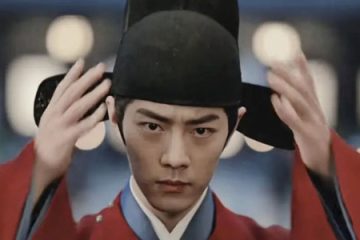
0 Comments